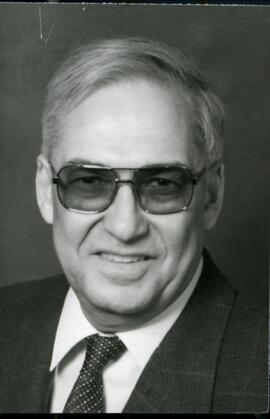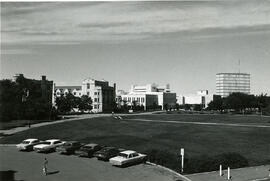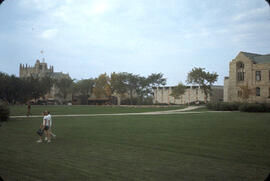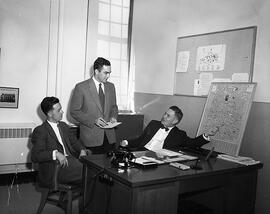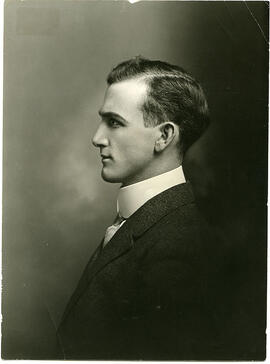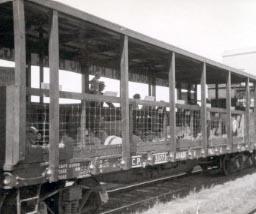Dr. Ahmed El-Serafi - Portrait
- A-11258
- Item
- 1997
Head and shoulders portrait of Dr. Ahmed El-Serafi, Professor Emeritus of Electrical Engineering.
Bio/Historical Note: Dr. Ahmed El-Serafi was born 3 March 1929 in Cairo, Egypt. He received a BSc in Electrical Engineering from Cairo University in 1950, a PhD from the Manchester College of Science and Technology in England in 1955, and a Dr-Ing from the Technical University at Darmstadt, Germany in 1964. In 1968 Dr. El-Serafi joined the University of Saskatchewan where he became professor of electrical engineering and a member of the power systems research group. After his retirement in 1996 he was appointed as professor emeritus and continued his professional activities. Dr. El-Serafi significantly contributed to various international professional institutions such as ICEM, IEEE, CIGRE and VDE. He received many international awards such as an IEEE Fellowship award for his significant contribution to synchronous machines, and an Alexander von Humboldt fellowship. Dr. El-Serafi published more than 300 refereed conference and journal papers. He was one of the founders of the Saskatoon Islamic Association and served as its president for several terms. Ahmed El-Serafi died 9 April 2018 in Saskatoon.

